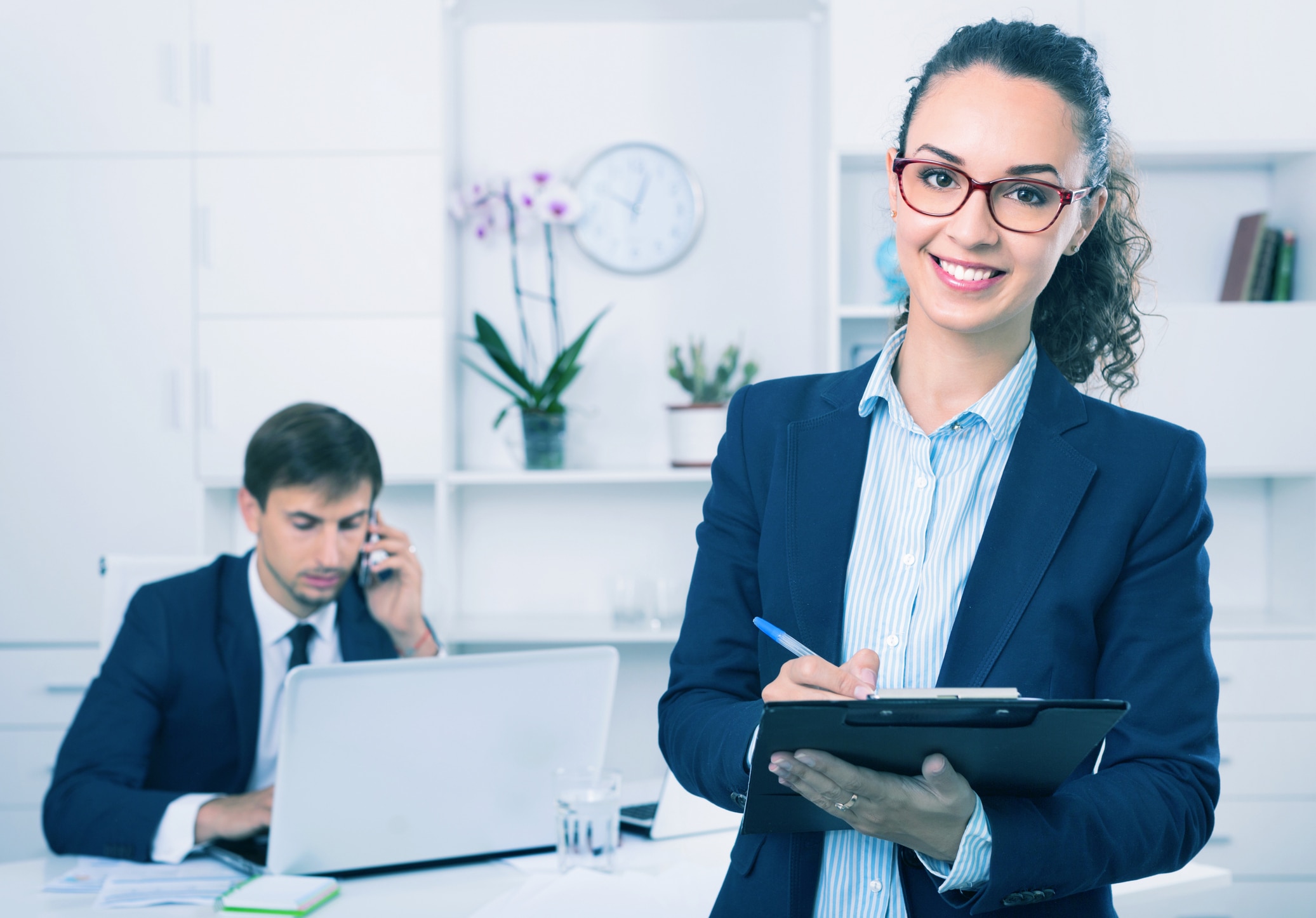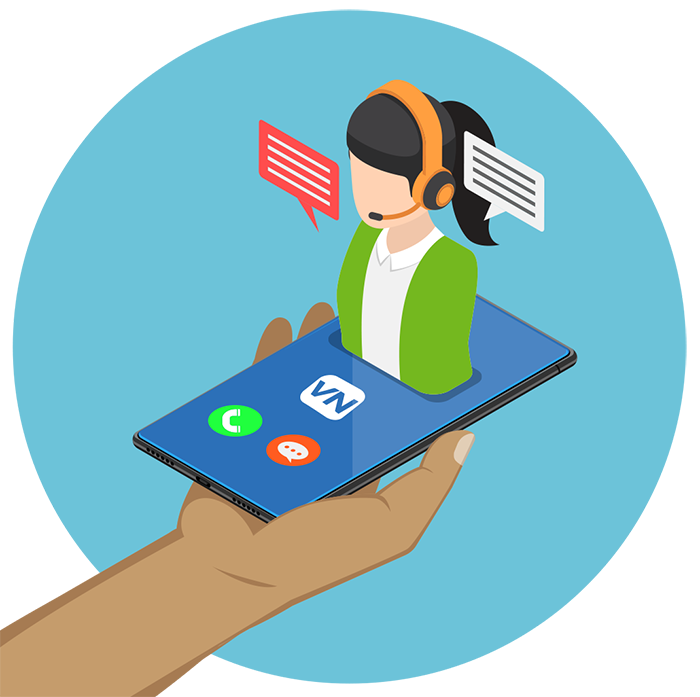All Categories
Featured
Table of Contents
- – What Are The Top 10 What Is A Phone Answering S...
- – Which Is Best Phone Answering And Messaging Se...
- – Best What Are Business Call Answering Services...
- – The Best Phone Answering Services Service?
- – Which Is Best Call Service: 24/7 Live Phone A...
- – What Is The Best Phone Answering Services - ...
What Are The Top 10 What Is A Phone Answering Service??
This device and its followers were created by Sava Jacobson, an electrical engineer with a private consulting business. While early voice mail utilized magnetic tape technology, most modern-day equipment utilizes solid state memory storage; some devices use a mix of both, with a solid-state circuit for the outbound message and a cassette for the inbound messages.
"toll conserving" listed below) (virtual call answering service). This works if the owner is evaluating calls and does not wish to consult with all callers. In any case after going, the calling celebration ought to be informed about the call having actually been responded to (for the most part this begins the charging), either by some remark of the operator, or by some welcoming message of the little bit, or addressed to non-human callers (e.
This holds specifically for the Littles with digitally saved greeting messages or for earlier machines (prior to the rise of microcassettes) with an unique endless loop tape, separate from a second cassette, committed to recording. There have actually been answer-only devices with no recording capabilities, where the greeting message needed to inform callers of a state of existing unattainability, or e (call answering services).
Which Is Best Phone Answering And Messaging Service Brand

about schedule hours. In recording TADs the welcoming normally consists of an invite to leave a message "after the beep". An answering device that uses a microcassette to record messages On a dual-cassette answerphone, there is an outgoing cassette, which after the specified number of rings plays a pre-recorded message to the caller.

Single-cassette voice mail include the outgoing message at the start of the tape and incoming messages on the remaining space. They initially play the announcement, then fast-forward to the next available space for recording, then tape-record the caller's message. If there are many previous messages, fast-forwarding through them can cause a substantial delay.
This beep is frequently described in the welcoming message, asking for that the caller leave a message "after the beep". Littles with digital storage for the tape-recorded messages do not show this hold-up, obviously. A TAD might use a remote control center, where the answerphone owner can call the house number and, by entering a code on the remote telephone's keypad, can listen to recorded messages, or erase them, even when away from house.
Best What Are Business Call Answering Services? - Chalkboard Sales Near Me

Thereby the device increases the variety of rings after which it responds to the call (normally by 2, leading to four rings), if no unread messages are presently saved, however answers after the set number of rings (normally two) if there are unread messages. This permits the owner to learn whether there are messages waiting; if there are none, the owner can hang up the phone on the, e.
Some machines likewise allow themselves to be from another location triggered, if they have actually been changed off, by calling and letting the phone ring a particular big number of times (generally 10-15). Some service suppliers desert calls currently after a smaller sized variety of rings, making remote activation difficult. In the early days of Little bits an unique transmitter for DTMF tones (dual-tone multi-frequency signalling) was regionally required for push-button control, considering that the previously used pulse dialling is not apt to communicate proper signalling along an active connection, and the dual-tone multi-frequency signalling was implemented stepwise.
Any inbound call is not recognizable with regard to these residential or commercial properties in advance of going "off hook" by the terminal equipment. So after going off hook the calls need to be changed to appropriate devices and only the voice-type is immediately accessible to a human, but perhaps, nevertheless must be routed to a TAD (e.
The Best Phone Answering Services Service?
What if I told you that you do not need to in fact select up your gadget when addressing a customer call? Somebody else will. So hassle-free, ideal? Addressing telephone call does not require someone to be on the other end of the line. Effective automated phone systems can do the trick simply as effectively as a live representative and often even much better.
An automatic answering service or interactive voice reaction system is a phone system that communicates with callers without a live individual on the line - business call answering service. When business utilize this technology, customers can get the answer to a concern about your service merely by utilizing interactions set up on a pre-programmed call circulation.
Although live operators update the customer support experience, numerous calls do not need human interaction. A simple taped message or guidelines on how a customer can recover a piece of info typically resolves a caller's immediate need - phone answering service. Automated answering services are a simple and efficient way to direct inbound calls to the ideal individual.
Which Is Best Call Service: 24/7 Live Phone Answering Services For Small ... Lg Or Whirlpool
Notification that when you call a business, either for assistance or product query, the very first thing you will hear is a pre-recorded voice greeting and a series of choices like press 1 for client service, press 2 for queries, and so on. The pre-recorded options branch out to other choices depending upon the consumer's choice.
The phone tree system assists direct callers to the right individual or department using the keypad on a smart phone. In some circumstances, callers can utilize their voices. It deserves noting that auto-attendant choices aren't restricted to the 10 numbers on a phone's keypad. When the caller has picked their first option, you can create a multi-level auto-attendant that utilizes sub-menus to direct the caller to the best sort of support.
The caller does not have to interact with an individual if the auto-attendant phone system can handle their issue. The automatic service can route callers to an employee if they reach a "dead end" and need assistance from a live representative. It is pricey to hire an operator or executive assistant.
What Is The Best Phone Answering Services - Usa, Europe Brand
Automated answering services, on the other hand, are significantly less costly and supply considerable cost savings at approximately $200-$420/month. Even if you do not have dedicated personnel to manage call routing and management, an automated answering service improves productivity by permitting your group to concentrate on their strengths so they can more efficiently spend their time on the phone.
A sales lead routed to client service is a lost shot. If a client who has product questions reaches the wrong department or receives insufficient answers from well-meaning staff members who are less trained to manage a particular type of question, it can be a cause of aggravation and discontentment. An automatic answering system can minimize the variety of misrouted calls, consequently assisting your workers make better usage of their phone time while freeing up time in their calendar for other jobs.
With Automated Answering Systems, you can produce a personalized experience for both your staff and your callers. Make a recording of your main welcoming, and just upgrade it frequently to reflect what is going on in your company. You can produce as many departments or menu options as you desire.
Table of Contents
- – What Are The Top 10 What Is A Phone Answering S...
- – Which Is Best Phone Answering And Messaging Se...
- – Best What Are Business Call Answering Services...
- – The Best Phone Answering Services Service?
- – Which Is Best Call Service: 24/7 Live Phone A...
- – What Is The Best Phone Answering Services - ...
Latest Posts
After Hours Answering ( Brisbane 4000)
Affordable Call Answering Service – Canberra
Business Answering Service Near Me – Wagga Wagga
More
Latest Posts
After Hours Answering ( Brisbane 4000)
Affordable Call Answering Service – Canberra
Business Answering Service Near Me – Wagga Wagga